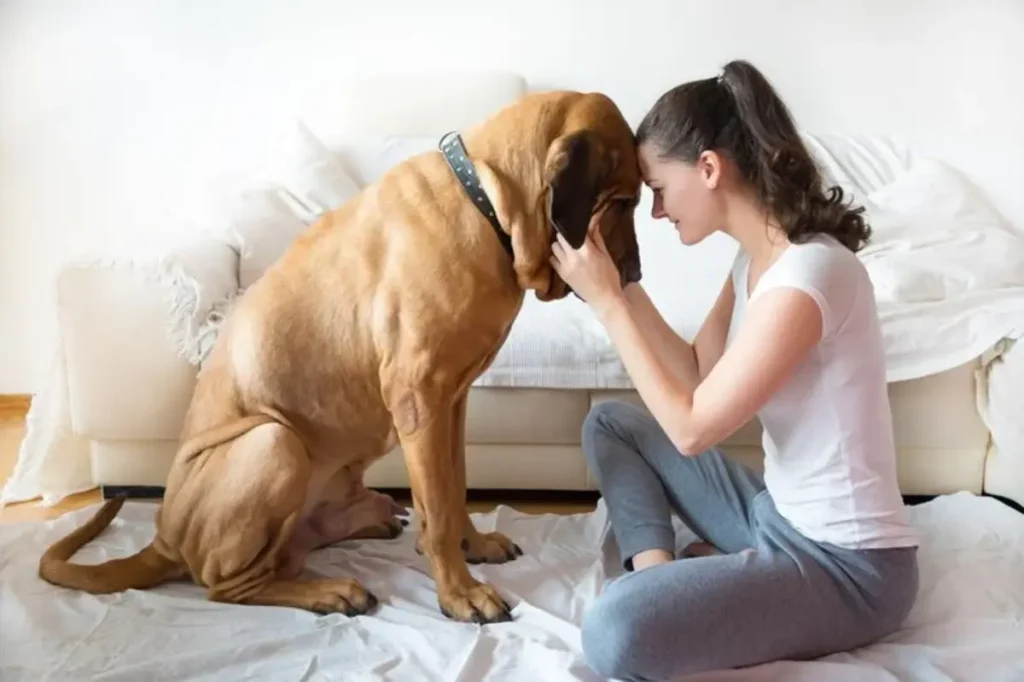-
P, 193, A, Ramakrishna Samadhi Rd,Kolkata- 700054
P, 193, A, Ramakrishna Samadhi Rd,Kolkata- 700054

Learn how to prevent seasonal behavioral changes in pets and ensure their well-being throughout the year. Find expert tips from one of the best Veterinary clinic in Kolkata.

Seasonal changes can bring a variety of challenges to pet owners. As the weather shifts, many pets experience behavioral changes that may require your attention. From increased restlessness to sudden aggression, understanding and preventing these seasonal changes is crucial for maintaining your pet’s overall well-being.
In this guide, we will explore the common seasonal behavioral changes pets face and how you can manage them effectively. By implementing a few strategies and maintaining regular routines, you can help your pet adjust to the changes that each season brings.
Pets are not immune to the effects of changing seasons. As temperatures fluctuate, daylight hours change, and environmental conditions shift, animals often experience physical and psychological changes. These seasonal adjustments may cause a variety of behavioral issues that could affect both you and your pet.
Here are some common seasonal behavioral changes you might notice in your pet:
As the seasons change, pets are often affected in ways that go beyond simple discomfort. Their mood, activity levels, and behavior can alter significantly, and understanding these changes will help you prevent any unwanted situations.
During the colder months, pets may experience a sense of isolation, especially if they are not able to go outside as often as they would like. Winter can also disrupt their routine, leading to frustration and anxiety. Dogs, in particular, may have trouble getting their regular outdoor exercise, leading to restlessness and behavioral issues.
How to Prevent Winter Anxiety in Pets:
The hot and humid summer months can leave pets feeling lethargic or overstimulated. Some pets may struggle with the heat, which can lead to anxiety or behavioral changes. On the other hand, some pets may experience an increase in energy due to the longer daylight hours, leading to more restless behavior.
How to Prevent Summer Behavioral Issues:
Allergies are common in spring and fall, and your pet may react to changes in pollen levels, mold, and dust. These allergies can make pets feel uncomfortable, leading to changes in their behavior. Pets may become irritable, scratch excessively, or act out in frustration.
How to Prevent Seasonal Allergies in Pets:
Read here for more:- Is Your Pet’s Environment Stressful?
Now that we’ve discussed the most common seasonal behavioral issues, let’s look at some practical tips you can implement to keep your pet comfortable and prevent issues from arising.
Pets thrive on routine. Whether it’s meal times, walks, or playtime, keeping a consistent schedule helps your pet feel secure. Any disruption in their routine can cause stress, leading to undesirable behavior.
Action Steps:
Regardless of the season, pets need both physical and mental exercise. If your pet is not getting enough stimulation, they may become bored, frustrated, or anxious.
Action Steps:
Comforting products, such as anxiety wraps, calming sprays, or even aromatherapy, can help alleviate anxiety and stress during seasonal transitions.
Action Steps:
Seasonal allergies are not just a human concern. Pets, especially those with sensitive skin or respiratory issues, can experience discomfort due to seasonal allergens.
Action Steps:

1. How can I tell if my pet’s behavior is related to seasonal changes?
Common signs include restlessness, anxiety, excessive scratching, or changes in energy levels. If you notice unusual behavior, it’s always a good idea to consult with a veterinarian.
2. Should I limit my pet’s outdoor activity in summer?
Yes, pets can overheat quickly in the summer. Limit outdoor play to cooler times of the day, and always provide water and shade.
3. Can pets suffer from seasonal depression?
Yes, pets can experience depression-like symptoms, especially in winter when they are confined indoors more often. Regular exercise, mental stimulation, and a comfortable living environment can help alleviate these symptoms.
4. Can seasonal changes affect my pet’s appetite?
Yes, pets may eat less in the summer due to the heat or become more hungry in the winter to keep warm. Always monitor their eating habits and consult with a vet if you notice significant changes.
Seasonal changes can impact your pet in many ways, from behavioral shifts to physical discomfort. Understanding these changes and how to manage them will help ensure your pet remains healthy and happy year-round.
As a responsible pet owner, paying attention to these shifts and implementing the right strategies will help prevent many of the common behavioral issues associated with seasonal changes. If you’re noticing unusual behavior or are unsure of how to handle your pet’s seasonal adjustment, consulting the best pet clinic in Kolkata for guidance is always a great first step.
By making small changes and staying proactive, you can provide a comfortable, stress-free environment for your pet throughout every season.